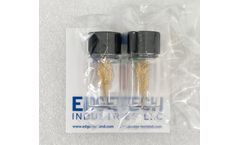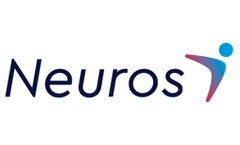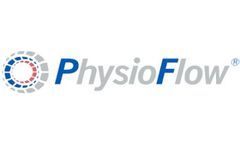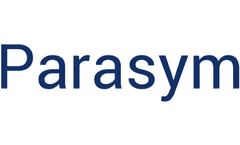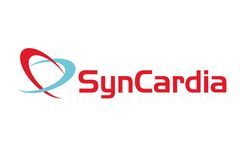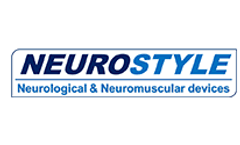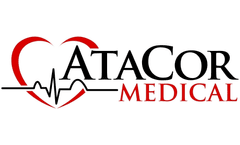Refine by
Pacemakers Articles & Analysis
15 articles found
These small metallic rings, placed permanently into devices like catheters and pacemakers, provide a previously unseen level of clarity during procedures and surgeries. ...
And though there have been compatibility issues with medical devices, such as pacemakers, the clinical safety of an MRI scan has always been quite high, and newer devices are even improving it. ...
Examples include implantable devices such as pacemakers, artificial heart valves and heart-lung machines.Why is the MDD ...
The IPG may affect the operation of other implanted devices such as cardiac defibrillators, pacemakers, or neurological stimulation systems. For patients who currently have an implanted electrical medical device, physicians must verify compatibility with the implanted device during implantation of the system. ...
ByCVRx
The QUEST study (High-FreQUEncy Nerve Block for PoST-Amputation Pain), is a randomized controlled study of 180 patients at 25 clinical study sites in the U.S. Recruitment for the study was completed in late 2021. Results are blinded until after participants have finished a twelve-month follow-up. ...
This 81 year-old Lady was implanted two weeks before the measurement with a bi-ventricular pacemaker to treat her heart failure with resynchronization therapy. Different stimulation modes have been tested and their outcome in terms of stroke volume has been assessed. ...
Autonomic Balance The parasympathetic nervous system (PNS) and sympathetic nervous system (SNS) both work in balance and together make up the autonomic nervous system (ANS), which is responsible for many of the bodies autonomic (unconscious) processes. The parasympathetic system has been referred to as 'rest and digest' and the sympathetic system to that of 'fight or flight'. Activating the PNS ...
Additionally, ECG monitors do not send electricity into our bodies which means they will not interfere with pacemakers. Instead, they can measure and assess how well a pacemaker is working and adjusting within a patient’s chest. ...
BySky Labs
Click the links below to learn more about a specific condition: Atrial Septal Defect (ASD) Aortic Valve Stenosis (AVS) Coarctation of the Aorta (CoA) Complete Atrioventricular Canal defect (CAVC) d-Transposition of the Great Arteries Ebstein’s Anomaly Hypoplastic Left Heart Syndrome Interrupted Aortic Arch I-Transposition of the Great Arteries Patent Ductus Arteriosus (PDA) ...
Wired instruments causing inconvenience in handling. Interference with cardiac pacemakers and cochlear implants. Cables are attached to electromagnetic tracking sensors. ...
Cranial Electrotherapy Stimulation (CES) employs a cell phone-sized gadget to stimulate the skull and brain with a current that the consumer cannot generally feel (below four milliamps). There have been no significant adverse effects recorded. CES machine is a Class III device approved by the FDA for the treatment of depression, anxiety, and sleep problems. Instruct patient to Cialis to avoid ...
The current physical therapy of COPD is mainly an external diaphragm pacemaker, which can only stimulate when inhaling. Diaphragm, unable to improve COPD retention and COD retention. ...
For patients where heart failure has progressed beyond the ability for medications and pacemakers to manage symptoms, non-surgical percutaneous device therapy with AccuCinch may provide an effective treatment option. ...
Also, two standard transvenous pacemaker-leads, placed into the desired tissue location, were used for the evaluation of cardiac pacing performance and were not optimised for substernal pacing. “Future human studies are required to evaluate the safety and efficacy of the AtaCor extracardiac pacing system for temporary and permanent pacemaker therapy in ...
The most common objects or devices involved in MRI screening events were pacemakers (32.3%, n = 353 of 1,093 objects). As medical technology advances, so do the risks for MRI screening events. ...

